Understanding Toxic Indoor Plants and Preventive Measures
Plants are among the most beautiful elements you can add to your home. They make your home elegant, attractive, and peaceful. But what if some of these plants are toxic?
Indoor plants are more than just decorative elements. They have a positive impact on mental health. The psychological effects of indoor plants and the benefits of having them, such as vitality, freshness, and positive energy, should not be overlooked.
Despite these positives, you may have heard about toxic plants and their historical uses, and their impact on humans and animals if ingested accidentally. But what are toxic plants, and how can they pose a threat to our health and the health of our pets?
Toxic plants are plants that contain harmful chemical compounds with direct or cumulative harmful effects. These compounds include alkaloids, glycosides, or irritating substances. While most indoor plants are non-toxic, it is essential to identify those that may pose a risk.
These plants can be toxic in certain parts of their bodies or toxic to specific individuals or animals. Examples include apricot, peach, plum, cherry, almond, lemon, acidic lemon, and orange, which are dangerous for cats and dogs. Consuming raw cabbage in large quantities can lead to urinary system problems (bladder inflammation).
Sometimes, plants may be contaminated with parasitic worm eggs, which can be dangerous to humans. So, if you are unsure, it’s better to cook cabbage to eliminate any risk by getting rid of the parasite and its eggs.
While plant-related accidents are relatively rare, especially in adults, their importance should not be underestimated. Toxicity levels vary from one plant to another, with effects ranging from headaches, nausea, and digestive problems to more severe conditions.
Some ornamental plants contain hazardous toxic substances that can affect our environment, including our children and herbivorous pets.
While some plants have medicinal benefits for humans, others pose a real danger. It is crucial to know which indoor plants are toxic and which are not to maintain your family’s health.
Here are some toxic indoor plants:
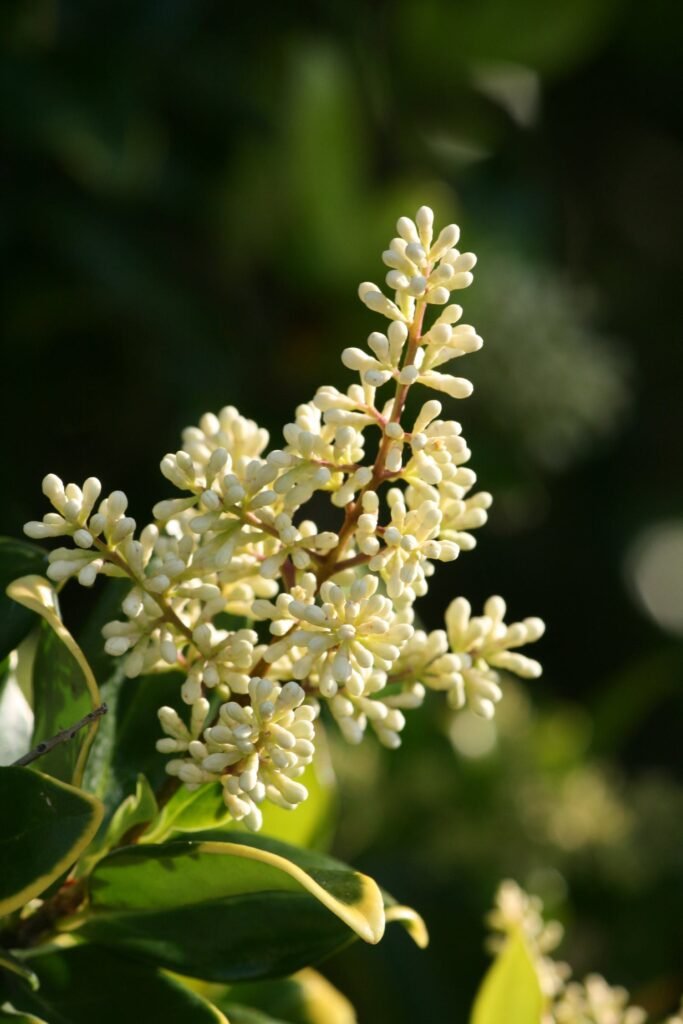
1. The Privet (The trove):
The entire plant is toxic, especially the fruits.
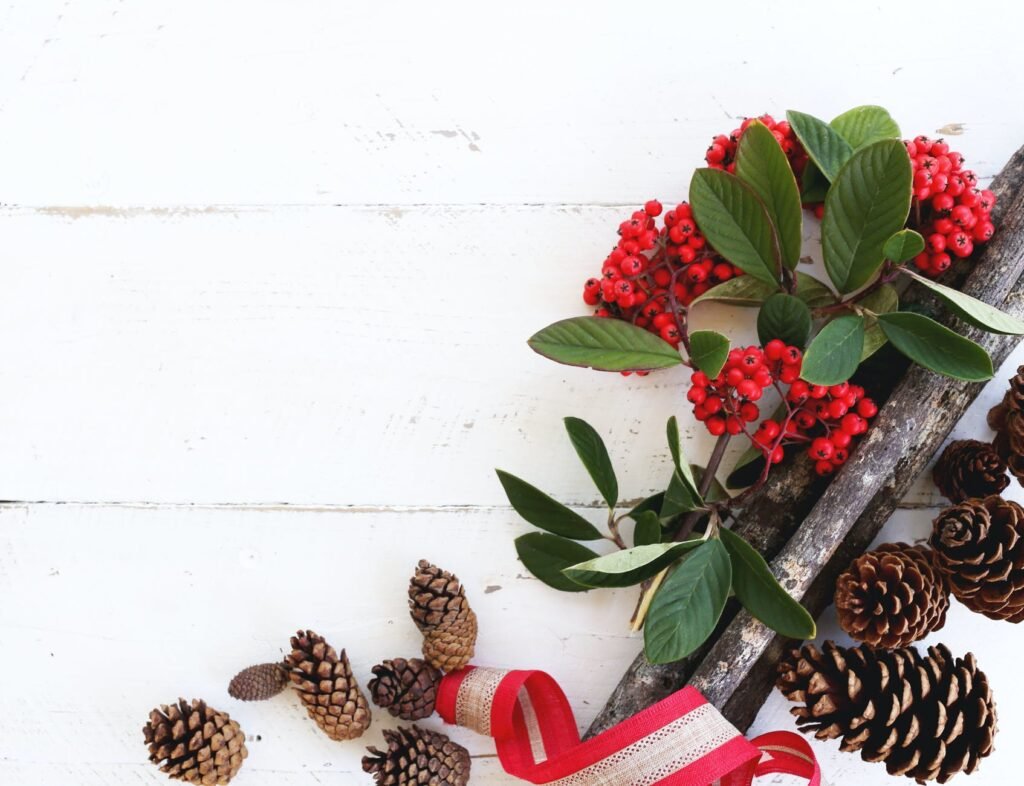
2. Holly (The fence):
Fruits and leaves are toxic, and ingestion can cause mild to moderately severe symptoms in children and pets.

3. Mistletoe:
Leaves and fruits are toxic to humans and animals, even lethal for pets and herbivores.
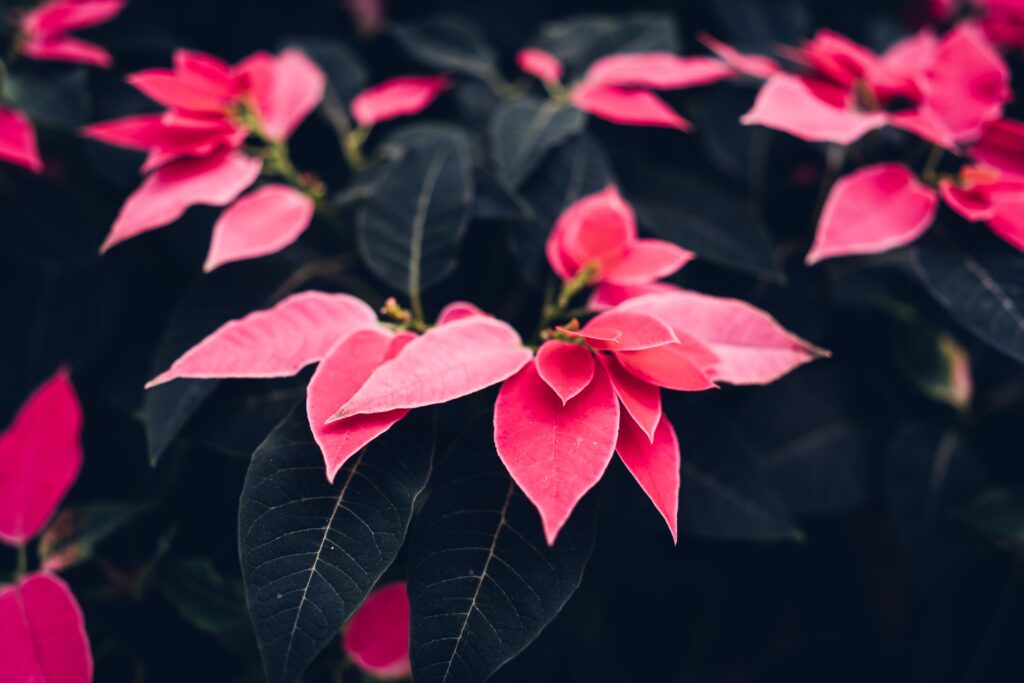
4. Poinsettia, the Christmas Star:
Despite its beauty, it is considered toxic, causing skin allergies and digestive problems in humans and pets.

5. Oleander:
The entire plant is toxic and can cause digestive, nervous, and cardiac symptoms.
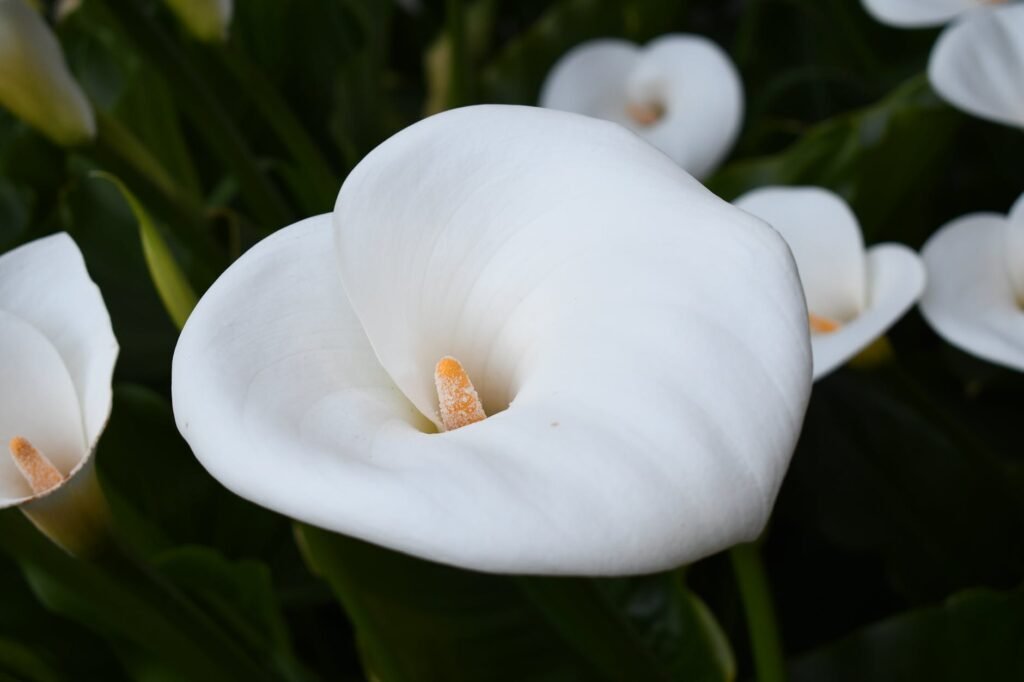
6. The Arum:
The entire plant is toxic, with immediate symptoms for leaves and delayed symptoms for fruits.

7. Datura:
A toxic and hallucinogenic plant that can cause moderate to severe poisoning.

8. Boxwood:
8. Boxwood:
8. Boxwood:
Despite its beauty, it can be lethal to dogs in small doses.

9. Lily of the Valley:
All parts contain irritating and toxic substances, requiring careful monitoring in case of ingestion.

10. Ivy:
A plant causing allergies and toxicity, ingestion of seeds can lead to digestive disorders and hallucinations.
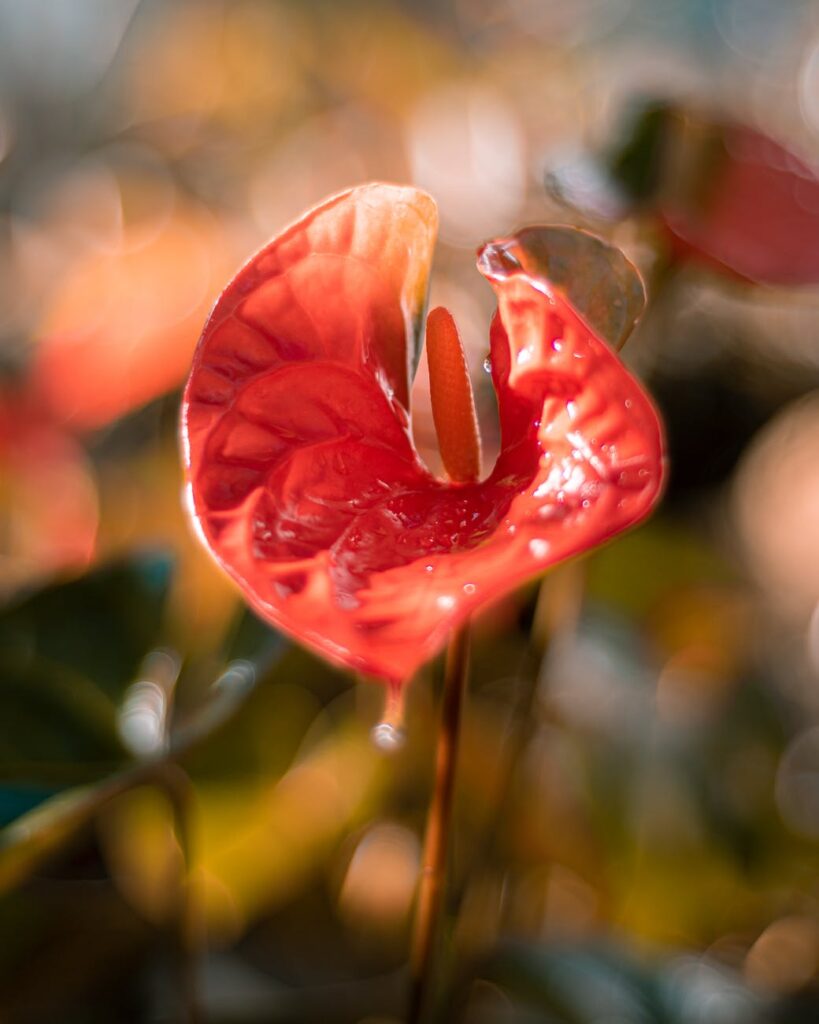
11. Anthurium:
Despite its air-purifying properties, the flesh of Anthurium is toxic, causing mucous membrane irritation.

12. Philodendron:
The sharp and toxic latex in Philodendron causes mouth and esophagus irritation and can lead to respiratory arrest if ingested.
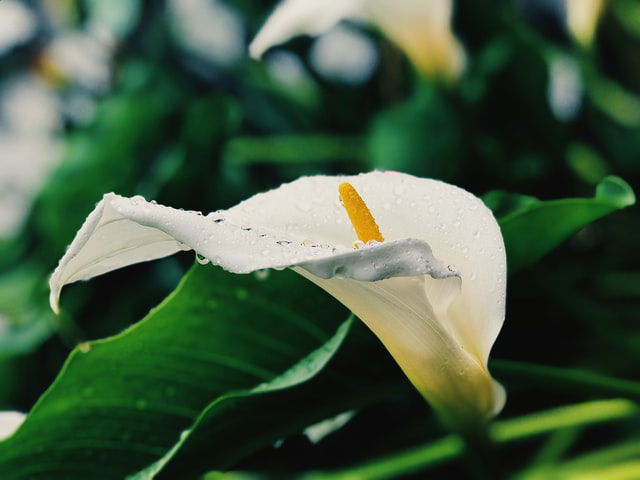
13. Calla Lily / Zantedeschia:
The sharp oxalates in the leaves can cause burning in the mouth, tongue, lips, and throat.

14. Peace Lily / Spathiphyllum:
Despite air purification capabilities, it poses a risk to pets, causing tongue and lip irritation and digestive disorders.

15. Dieffenbachia:
Children or animals can be poisoned by chewing stems or leaves, especially for cats licking latex-stained fur.
Preventive Measures:
1. Identify Plants: Learn about the indoor plants you have and identify those that may be toxic. Keep them out of reach of children and pets.
2. Consult Professionals: If unsure about a plant’s toxicity, consult a health professional or a veterinarian for valuable information on potential risks.
3. Use Protective Gloves: When handling potentially toxic plants, wear protective gloves to avoid direct skin contact.
4. Keep Plants Away from Pets: Place plants away from the reach of pets, especially those prone to exploration and chewing.
5. In Case of Ingestion: If a toxic plant is consumed, contact a poison control center or seek advice from a health professional immediately.
Indoor plants can enrich our environment, but it’s crucial to take a thoughtful approach to avoid potential risks from toxic plants. Deep understanding of our plants and simple precautions ensures that our green space remains a place of well-being without impacting the health of those who share it.
In conclusion, educating children about the plants around them and discouraging them from consuming them is essential.

